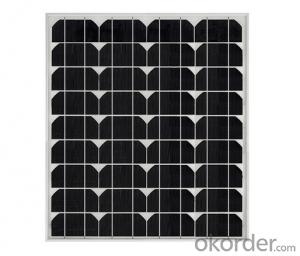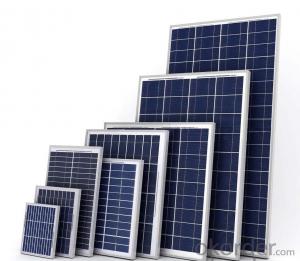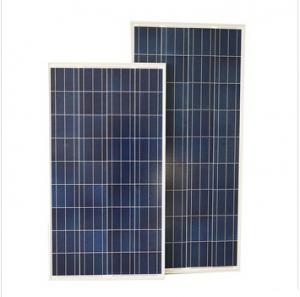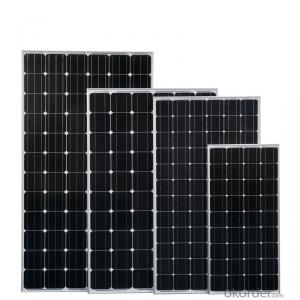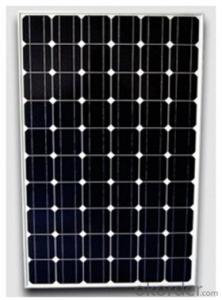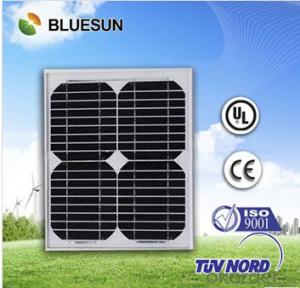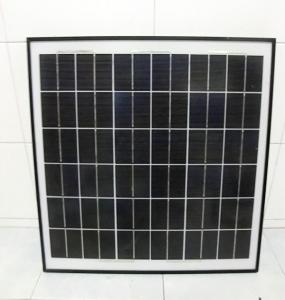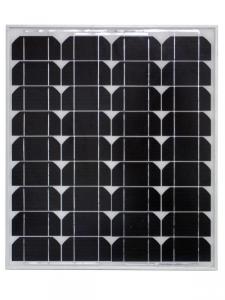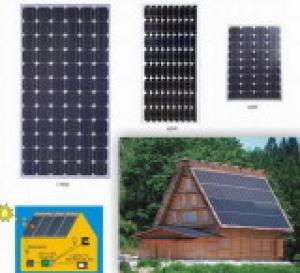10w Mono Crystalline Silicon Low Price Mini Solar Panels from Costco
- Loading Port:
- Shanghai
- Payment Terms:
- TT OR LC
- Min Order Qty:
- 1000 pc
- Supply Capability:
- 99999 pc/month
OKorder Service Pledge
OKorder Financial Service
You Might Also Like
10w Mono Crystalline Silicon Low Price Mini Solar Panels
(1) 10W mono crystalline solar panels
(2) 0 to +3% Power Tolerance
(3) 25-year warranty
Product Description
Features
High module conversion efficiency, through superior manufacturing technology Guaranteed -1% to +3% Power Tolerance Entire module certificated to withstand high wind loads and snow loads (5400Pa) Anodized aluminum is mainly for improving corrosion resistance.
Highly transparent, low-iron, tempered glass, and antireflective coating Excellent performance under low light environments
Benefits
25-year warranty on power output; 5-year warranty on materials and workmanship Product liability insurance
Local technical support
Local warehousing
48 hour-response service
Enhanced design for easy installation and long term reliability
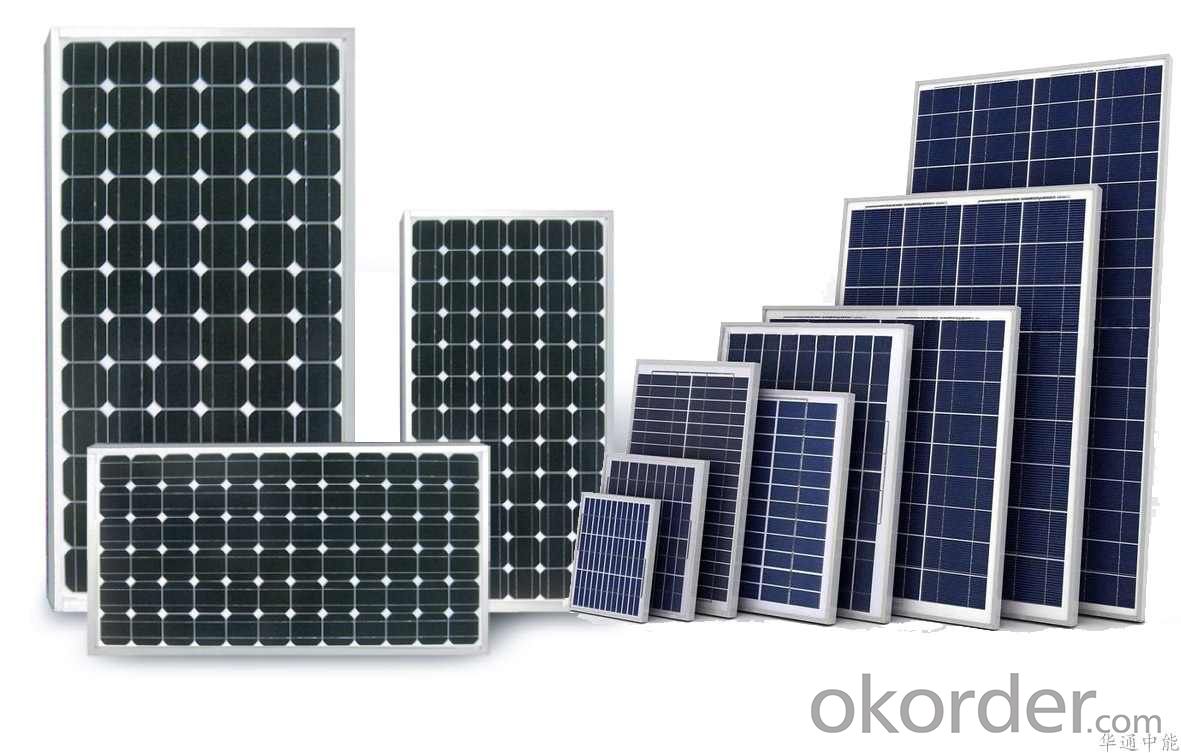
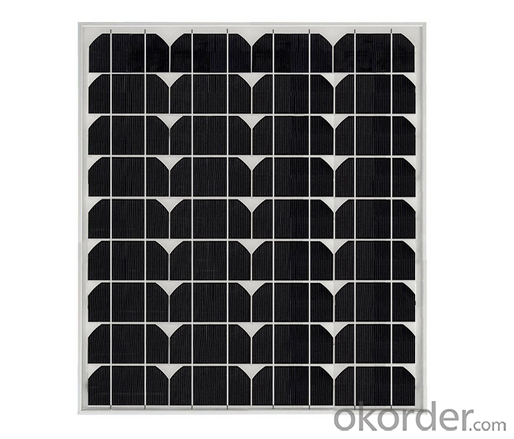
FAQ
Is solar power difficult to use?
Although the production of solar panels incorporates a high-tech manufacturing process, it is really very easy to use a photovoltaic system. Solar panels have no moving parts to wear out, they can be used alone or in combination with other energy sources, and they are silent, reliable and long lasting.
What can you power with Photovoltaics?
A properly designed photovoltaic system can supply electricity for many applications, from small remote lighting needs to megawatts of power for large utility companies. An advantage of photovoltaic power is that it can do anything a traditional power generator can do, only without consuming pollution-causing fuel, or requiring noisy motors.
What is a PV system?
A PV system consists of all the equipment and materials needed to generate solar energy, including solar panels (often called modules), a support structure, wiring, an inverter, a meter and other equipment as required by a specific application. JUST-SOLAR's PV system for commercial buildings, and ET Solar system for residential uses are examples of complete PV systems.
What is a solar module?
Solar modules are series of solar cells, wired together and enclosed protect them from the environment. They are often referred to as in self-contained glass units to solar panels as well.
How do solar cells work?
Solar cells are solid-state devices in which photons (or packets of light) collide with atoms. This process transforms the resulting into electrons. These electrons flow into wires connected to the cell, thus providing electric current to appliances, lighting systems or other electrical loads; and all of the power comes directly from the sun.
What is Photovoltaic Power?
Photovoltaic (PV) power is a term used to describe the process of converting sunlight into electricity with solar cells. These cells are specially constructed from semiconductor materials, and are treated to generate a flow of electricity when sunlight shines on them
- Q: Can solar panels be used in areas with high levels of dust or sandstorms?
- Yes, solar panels can be used in areas with high levels of dust or sandstorms. However, frequent and heavy exposure to dust or sand can reduce their efficiency over time. Regular cleaning and maintenance are necessary to ensure optimal performance in such areas. Additionally, advanced solar panel designs and coatings are being developed to mitigate the impact of dust and sand accumulation, making them more suitable for use in these challenging environments.
- Q: we are trying to reduce a solar panel from 9 volts to 3 volts. What do we need to make this work...
- Build okorder /
- Q: I'm trying to charge rechargeable AA batteries with a solar panel. What guage wire should I use to connect the panel to the batteries? Should I use a diode to keep the batteries from overpowering the circuit? If so, what size? My panel is 4.8V 50mA.
- You not only need a diode, but a circuit that opens the circuit if the voltage falls below a certain level. The diode is not the problem, but the batteries powering the solar panel when the voltage falls to low.
- Q: Also, where can solar panels be purchased in the Binghamton/Liberty/Jeffersonville area? Home Depot has some on their website I would like to see them in a store before purchasing or ordering them.
- Go to your state's department of revenue and enter the solar panel thing in the site search box and follow the thread to exactly what is in place in the here and now. Things seem to change on a daily basis any more.
- Q: Online stores selling solar photo-voltaic generation kits gives specs indicating the power generation capability of the system. For example, Solar World Grid-Tie Solar Electric System with 245W Panels PV Powered PVP2000 Inverter, .2 to 2.4 kW. This seems to indicate that the system can generate .2 to 2.4 kW. Is that per day? Per month? I'm trying to calculate the return on investment, but can't because I don't know how much power a system such as this will generate in a month.
- That would have to be in that instant of time or they would say kilo watt hours or KWH for short. But being the sun doesn't shine at the same intensity over any given hour you couldn't say a solar panel rated at 2.4KW would produce 2.4KWH of electric in a given hour. The power produced would have to vary as clouds passed over head. The power would also be reduced on days of heavy overcast or rain/ snow.
- Q: I'm doing a project for school and I'm a little confused about energy and solar panels. I'm looking to propose installation of solar panels to power the computer lab at my school. From what I've read a computer and monitor use roughly 350 watts per hour. I was looking at solar panels and it says they produce various wattage. For example, I was looking at one rated at 200 watts. Does that mean 200 watts in a day? Or per hour? Please help.
- The rating of a solar panel is a maximum continuous rating. A 200 Watt panel will give a maximum of 200 watts under ideal conditions. A computer and monitor use about 400 Watts. not per hour - watts is Volts * Amps and a measure of Power. In hour a computer and monitor uses 400 Watt hours (Wh). Wh is a measure of Energy. To power a lab of 0 computers you will need 0* 400 = 4000 Watts. To run this from solar panels through the day only you would need a 4000 Watt panel. Except - its cloudy, the sun is in the wrong place - many factors reduce the output. To be reasonably safe you would need about a 2000 Watt panel. Then you would need batteries to store power through dull periods AND a voltage converter to change from low voltage DC from the solar panels to the mains voltage for your computers.
- Q: Can solar panels be installed on a recreational vehicle (RV)?
- Yes, solar panels can be installed on a recreational vehicle (RV). Many RV owners choose to install solar panels on their vehicles to generate electricity and reduce their reliance on traditional power sources while on the road. Solar panels can provide a sustainable and eco-friendly solution for powering various appliances and systems in an RV, making it more self-sufficient and energy-efficient.
- Q: So you know how the bigger the surface area exposed to the heat radiation means the quicker it'll heat up.Is this what happens with solar panels, they have a large surface area exposing to the sun, so they can get more heat?
- Solar panels do heat up. But that's because the radiant energy from the Sun that lies within the infrared (IR) band of energy causes the material in the panels to heat up. And that's the same for any body that has the Sun shine on it. Your face, for example, will heat up while you get a nice tan on the beach. That's due to the heat producing IR radiant energy. Now if those solar panels are supposed to heat buildings etc., that heat produced in the panels when the IR strikes them will be transferred, usually by some fluid, to floors of the rooms to be heated. And as the amount of heat generated by the Sun is proportional to the area of the solar panels, bigger areas of panel will generate more heat than smaller areas. Photoelectric solar panels are another kind. Here the interest is in the visible band of radiant energy from the Sun. Heat, from IR, is still there, but it is not the product sought by PE solar panels. The visible light photons knock off loosely bound electrons from the photoelectric material (typically silicon based) and those electrons are siphoned off as current. That's where the electrical power comes from for buildings using PE solar panels to provide their own electricity.
- Q: Can solar panels be installed on a hotel or hospitality facility?
- Yes, solar panels can certainly be installed on a hotel or hospitality facility. In fact, many hotels and hospitality facilities have already embraced solar energy as a sustainable and cost-effective solution to their energy needs. By installing solar panels, these establishments can reduce their reliance on traditional energy sources, lower their carbon footprint, and potentially save on energy costs in the long run. Additionally, solar panels can be integrated into the design of the building or installed on the rooftop, making them a viable option for hotels and hospitality facilities of any size.
- Q: Can solar panels be installed on data centers or IT facilities?
- Yes, solar panels can be installed on data centers or IT facilities. In fact, many data centers and IT facilities are increasingly adopting solar energy as a sustainable and cost-effective power source. Solar panels can be installed on rooftops or in open areas surrounding the facility to generate clean electricity and reduce their reliance on traditional grid power.
Send your message to us
10w Mono Crystalline Silicon Low Price Mini Solar Panels from Costco
- Loading Port:
- Shanghai
- Payment Terms:
- TT OR LC
- Min Order Qty:
- 1000 pc
- Supply Capability:
- 99999 pc/month
OKorder Service Pledge
OKorder Financial Service
Similar products
Hot products
Hot Searches
Related keywords
